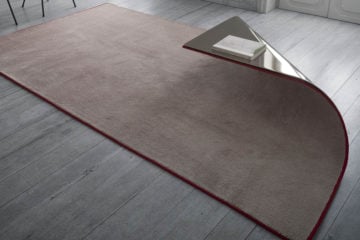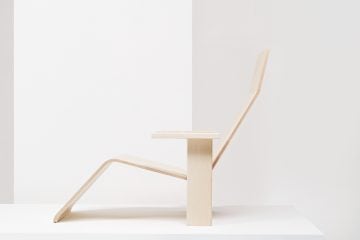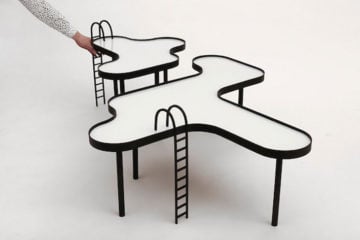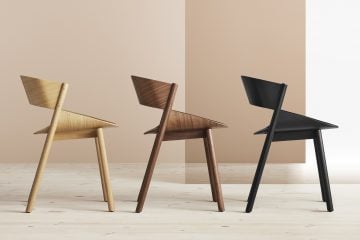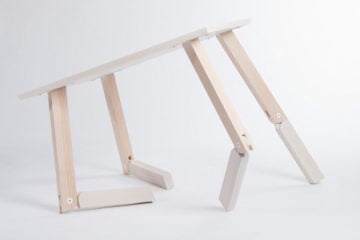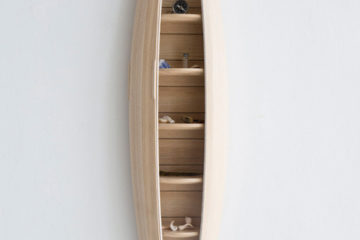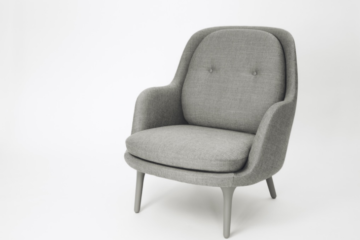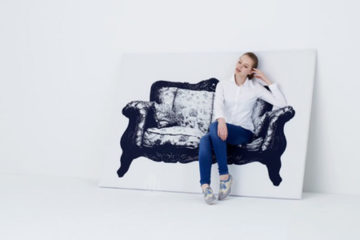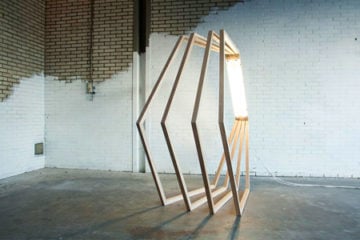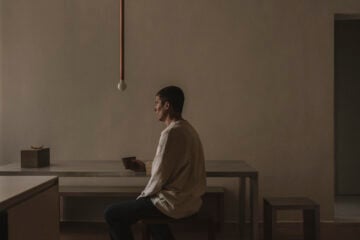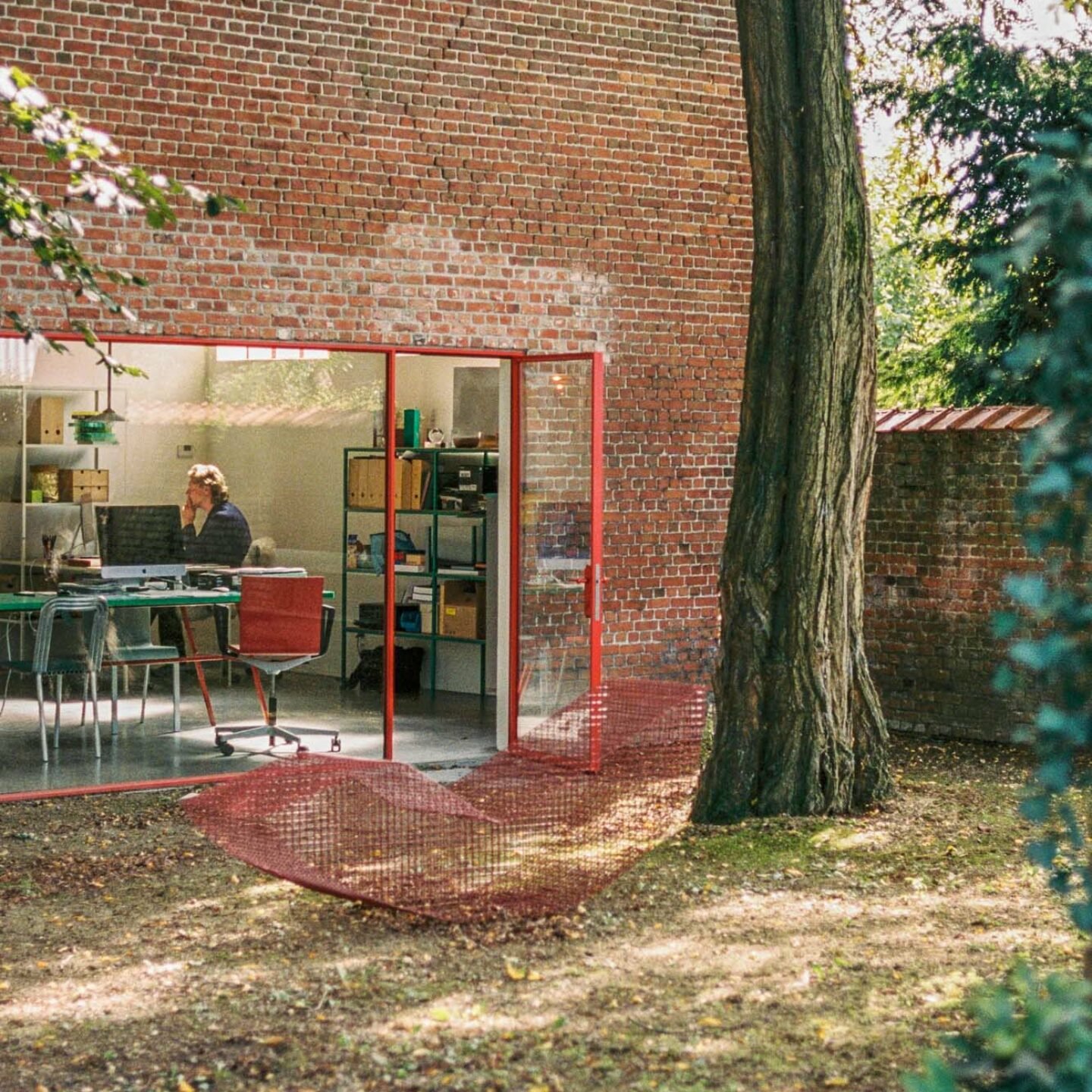
Baroque Minimalism: A Conversation With Muller Van Severen
- Name
- Muller Van Severen
- Images
- Pieter Peulen
- Words
- Rosie Flanagan
Fien Muller and Hannes Van Severen met in 2001 at the LUCA School of Arts in Ghent. Amidst hours of study—her, photography; him, sculpture—love grew between them, becoming a creative world in which art and life coalesce and intertwine. Today, the couple is best known for their work at Muller Van Severen, a design studio whose playful minimalist furniture has defined a new era in functional art.
Following university, Fien and Hannes went on to pursue art in their own mediums, sharing both a studio space and a gallerist, but not a practice. “We always wanted to do something together,” explains Fien, “but we didn’t quite know what.” In 2011, an opportunity arose. Veerle Wenes, who had recently opened Valerie Traan in Antwerp, asked Fien if she would like to create something for the gallery. At the time, the trend was for the invited artist to invite another artist. Fien, of course, asked Hannes. Valerie Traan, a space in which the boundaries between art, design, and architecture remain permanently blurred, provided a unique opportunity for the pair to work on something new; something beyond the artistic realms that they inhabited separately.
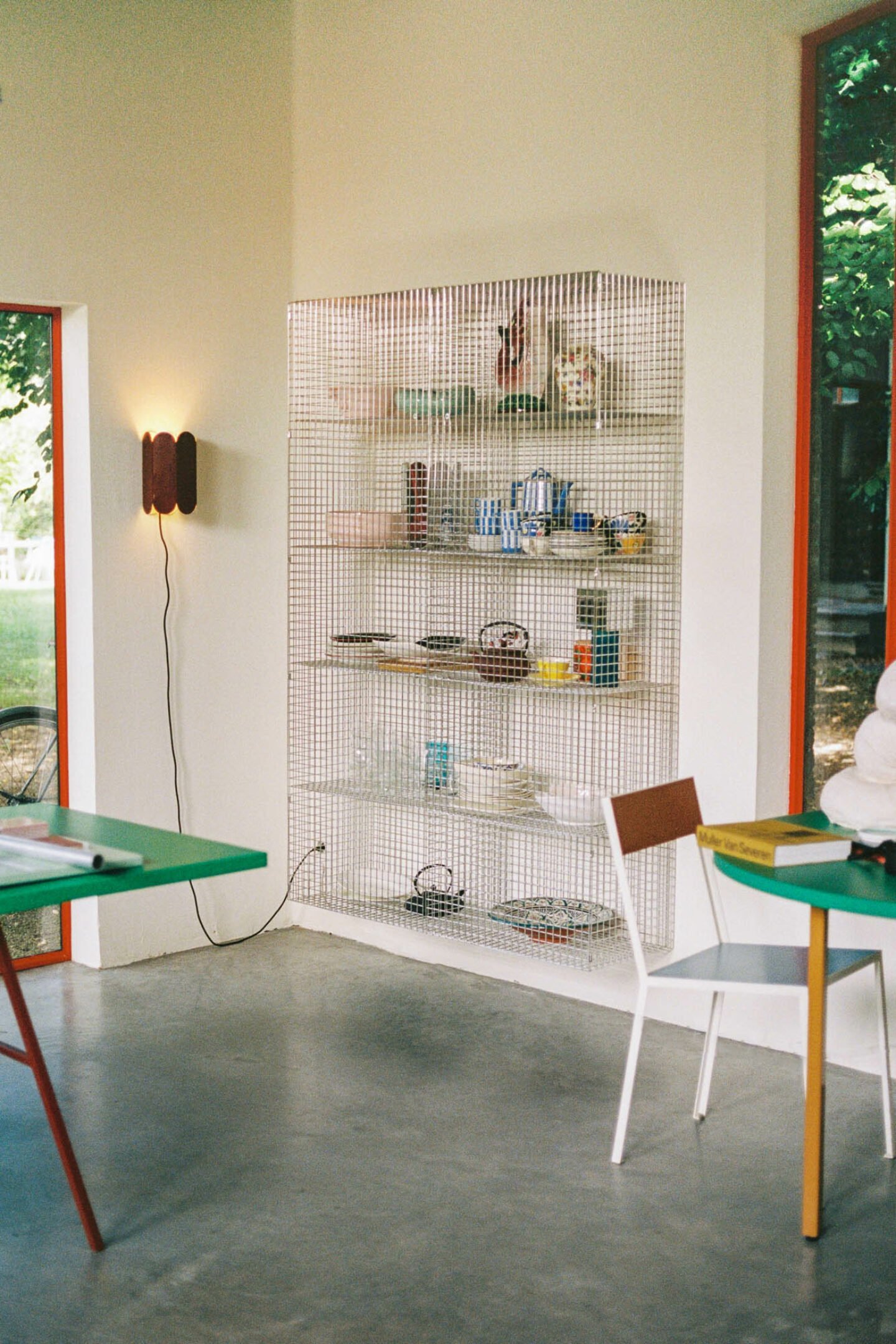
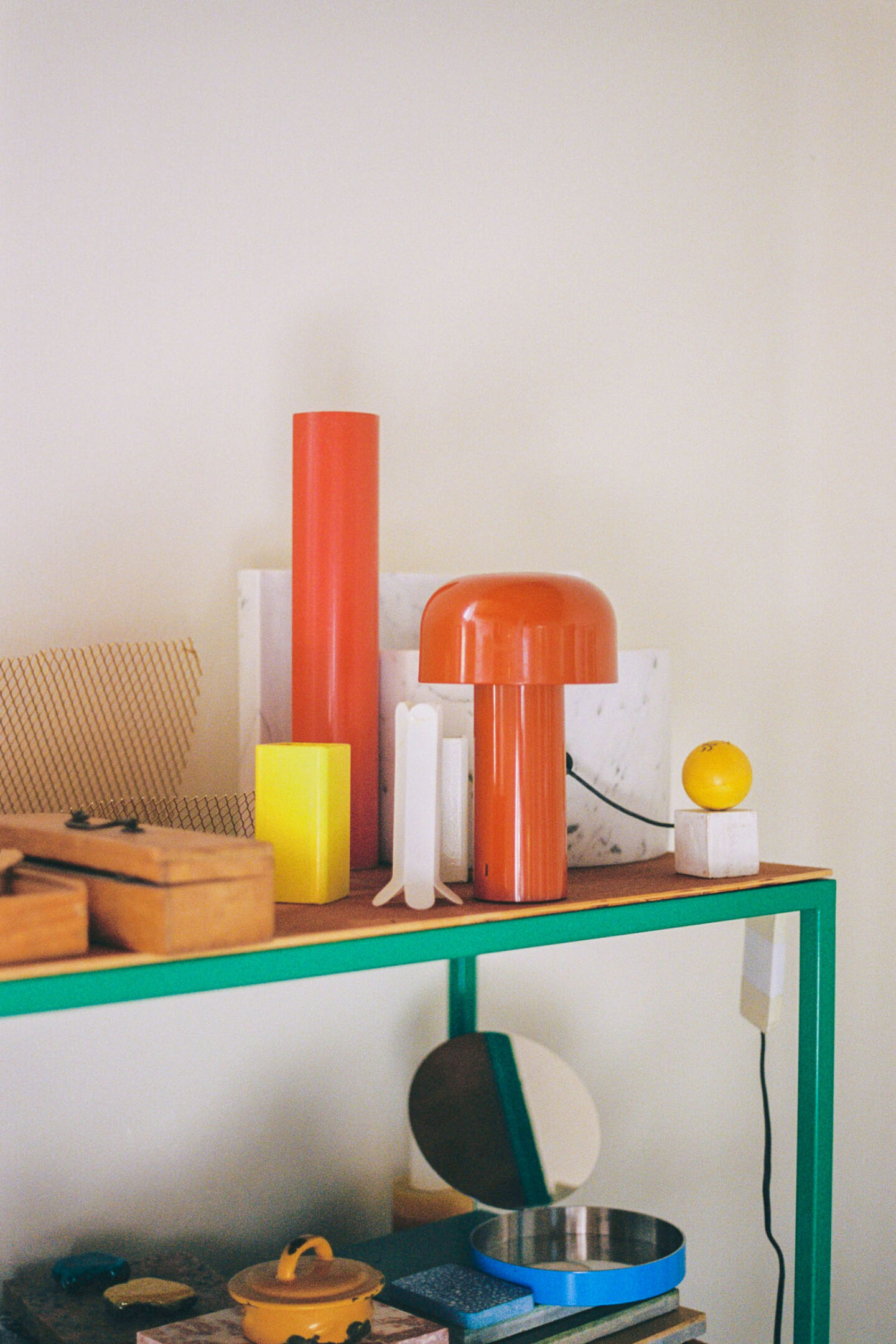
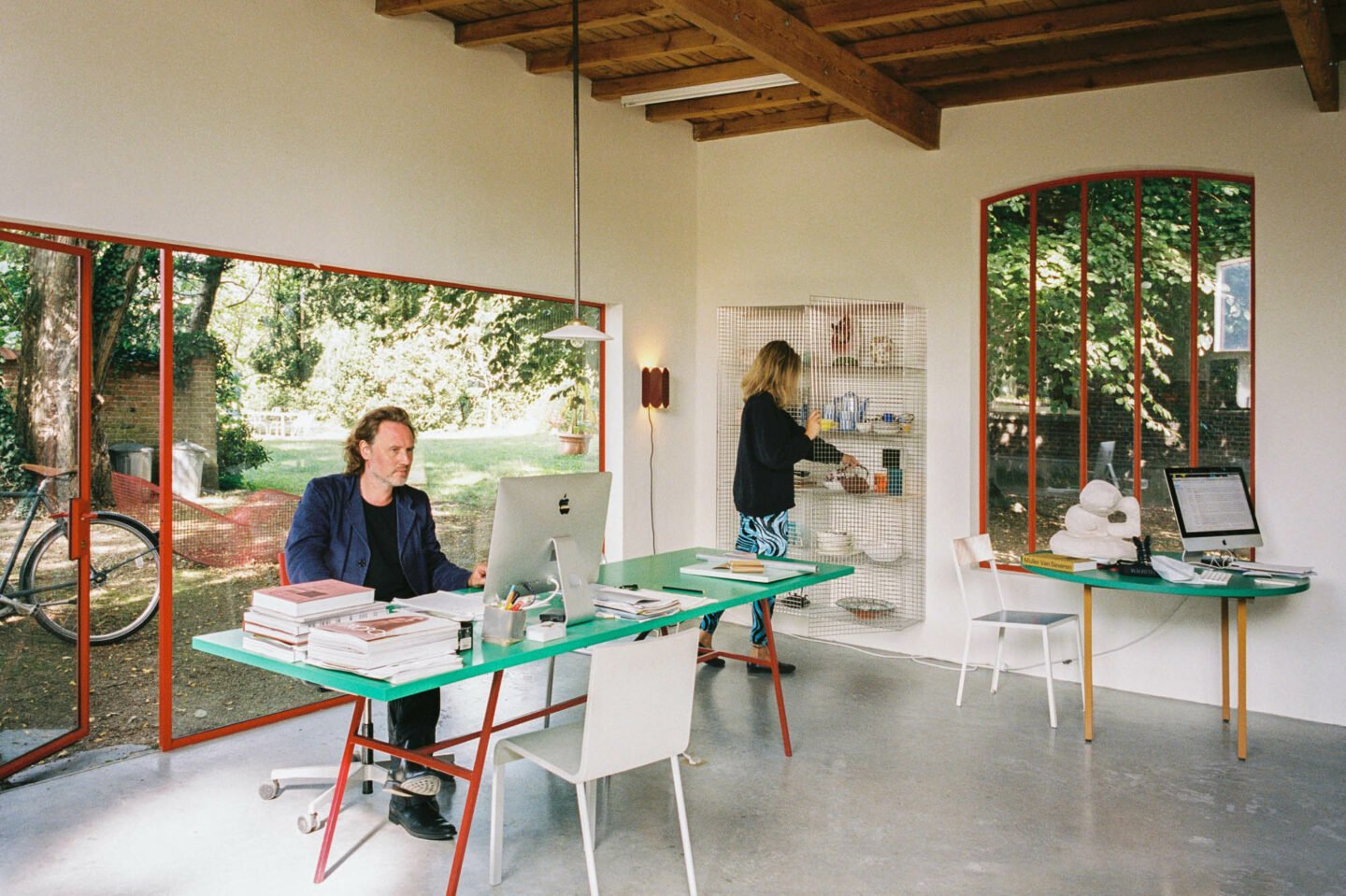
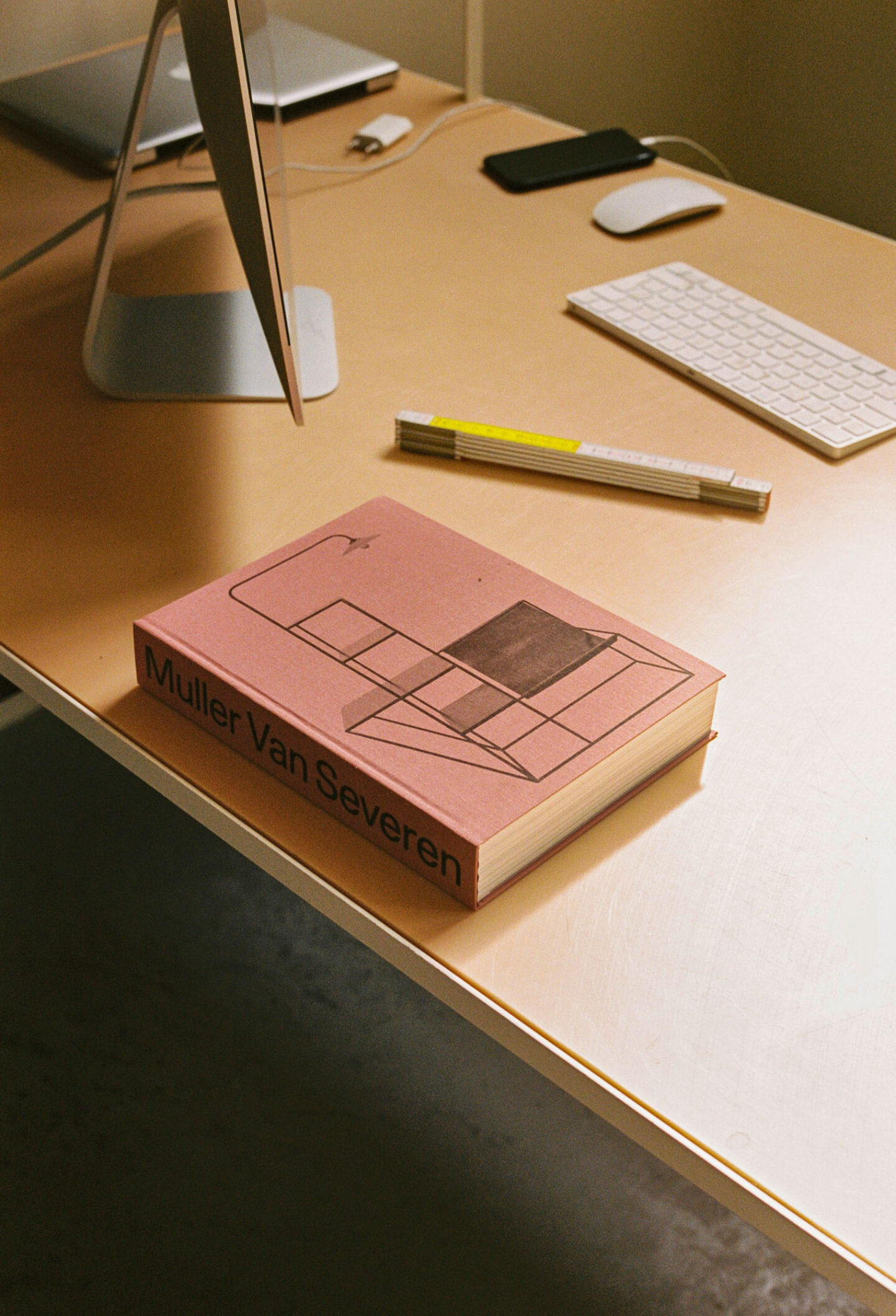
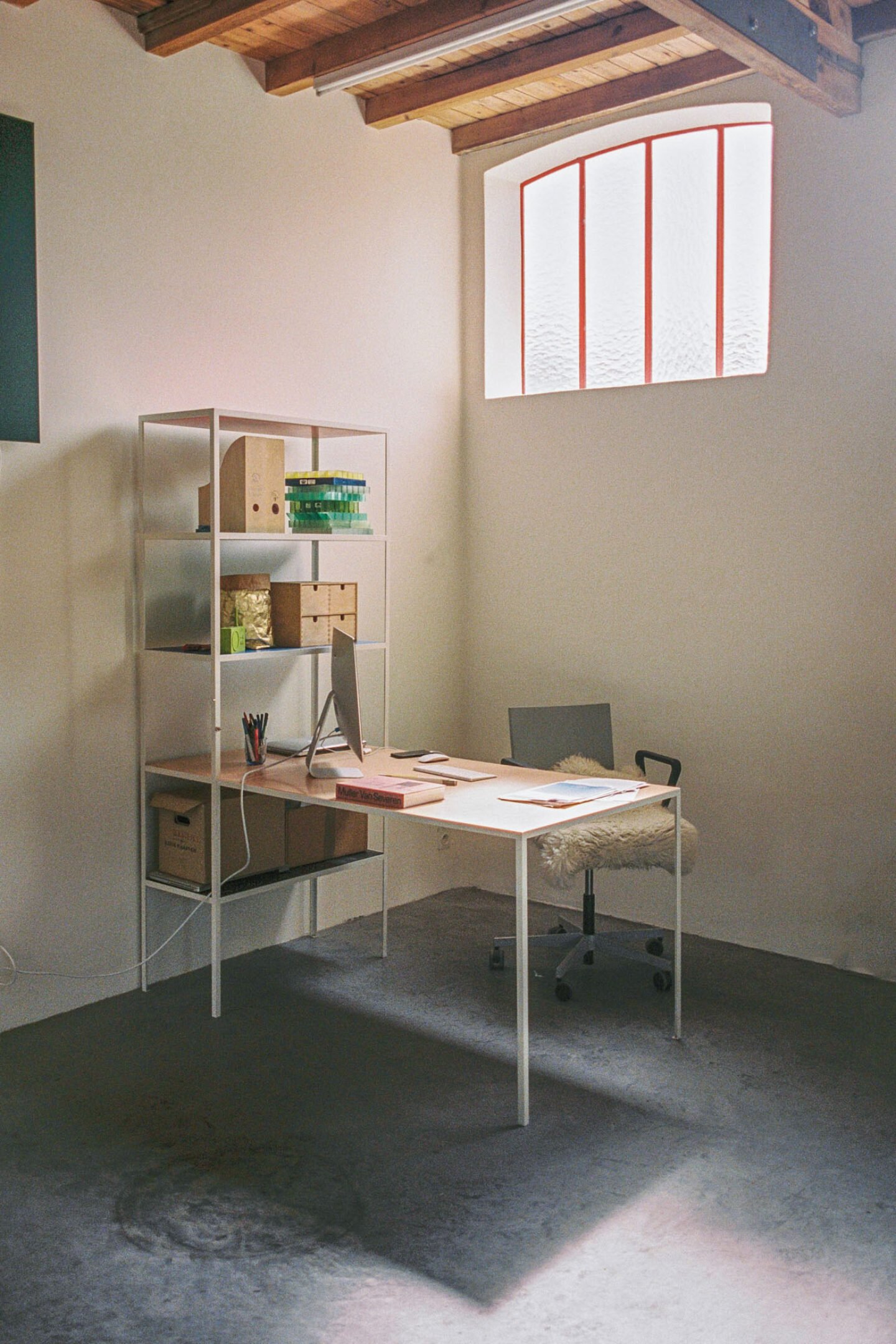
“We had some problems with electrical wiring and couldn’t have lights in the ceiling above our table, so we created a table with a lamp attached.”
The invitation came while Fien and Hannes were renovating their house, a timing that proved strangely serendipitous. “We were more aware of materials in the house, particularly the lighting,” explains Fien. “We had some problems with electrical wiring and couldn’t have lights in the ceiling above our table, so we created a table with a lamp attached.” The resulting work, table + lamp, was the first piece of the collection they exhibited in Antwerp. Combining brightly coloured polyethylene, geometric steel, and a lamp whose curved neck springs from a table leg, the unique form of this piece seemed to be a distinct marker of a new creative era. “It was the first time we thought of making furniture, and it was purely because of this problem!” explains Fien. “After the table, we started thinking: maybe this is a good idea, maybe there is something in it.”
The pair took to furniture design swiftly, and in the years since they have developed a signature aesthetic that is both poetic and technical. “Function provides us with a limit or a border,” explains Hannes. “In art, you can do whatever you want; but with function, we somehow feel much freer.” Their work reimagines traditional design forms and recontextualizes materials, frequently using brass, marble, and steel alongside aluminium tubes, wire mesh, and polyethylene. If the material is common in design, they find an unexpected way of utilising it. If not, they translate its functional possibilities with their unique formal language. Their intuitive approach to materials and form, and the creation of what they deem “families” of design objects, has led to critical acclaim and collaborations with notable museums, galleries, and brands; amongst them Hay, Centre Pompidou, Hermès, and Galerie Kreo.
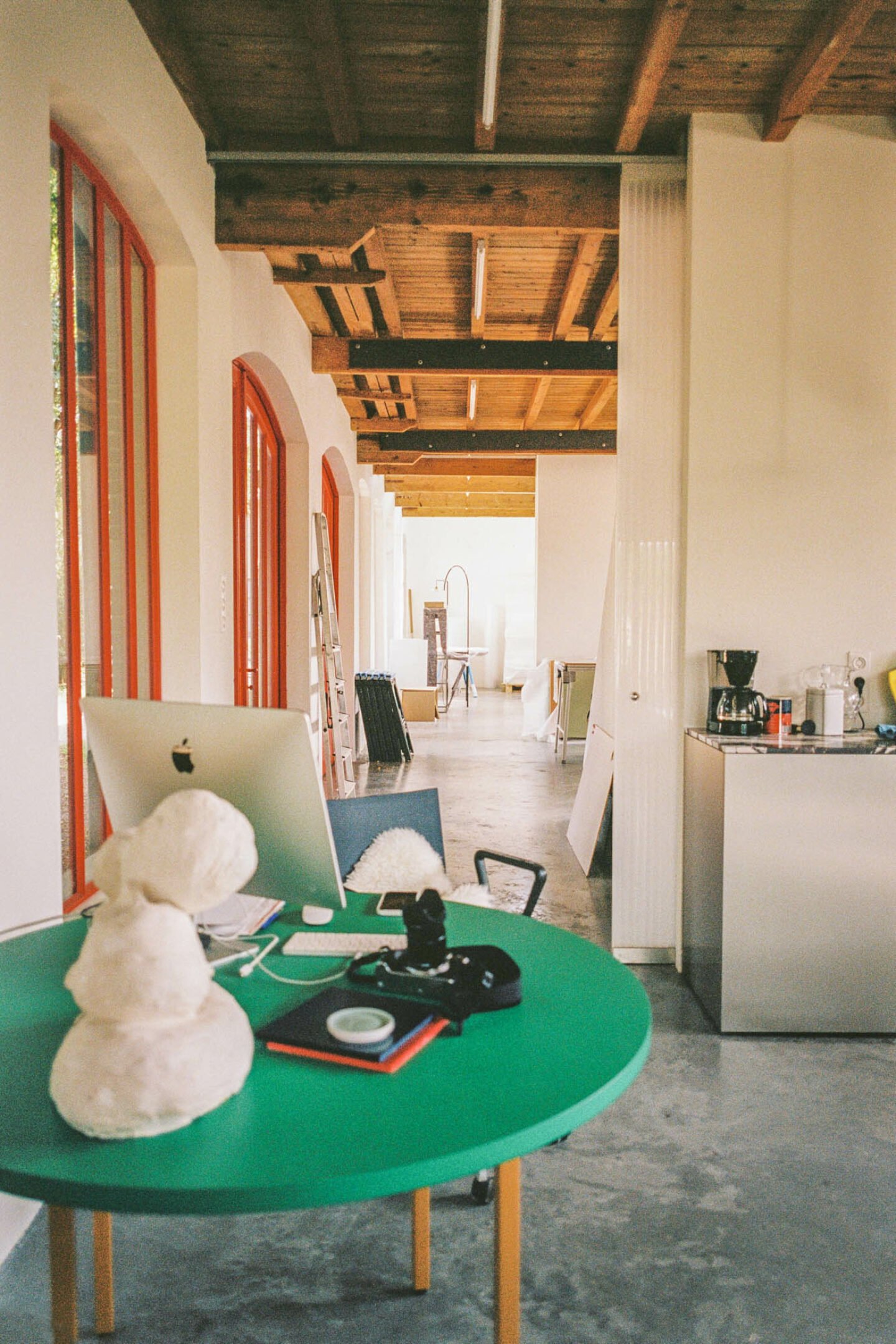
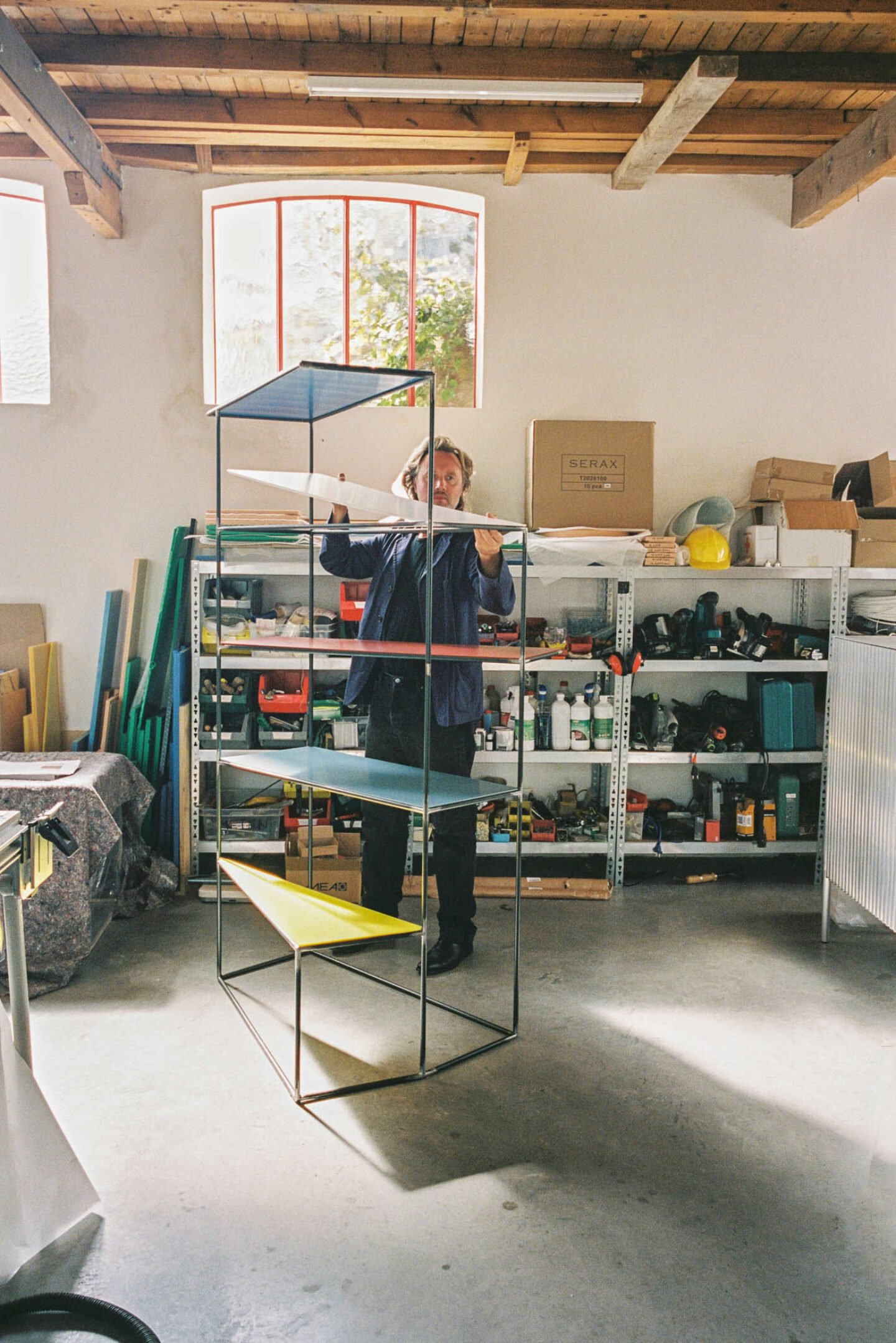
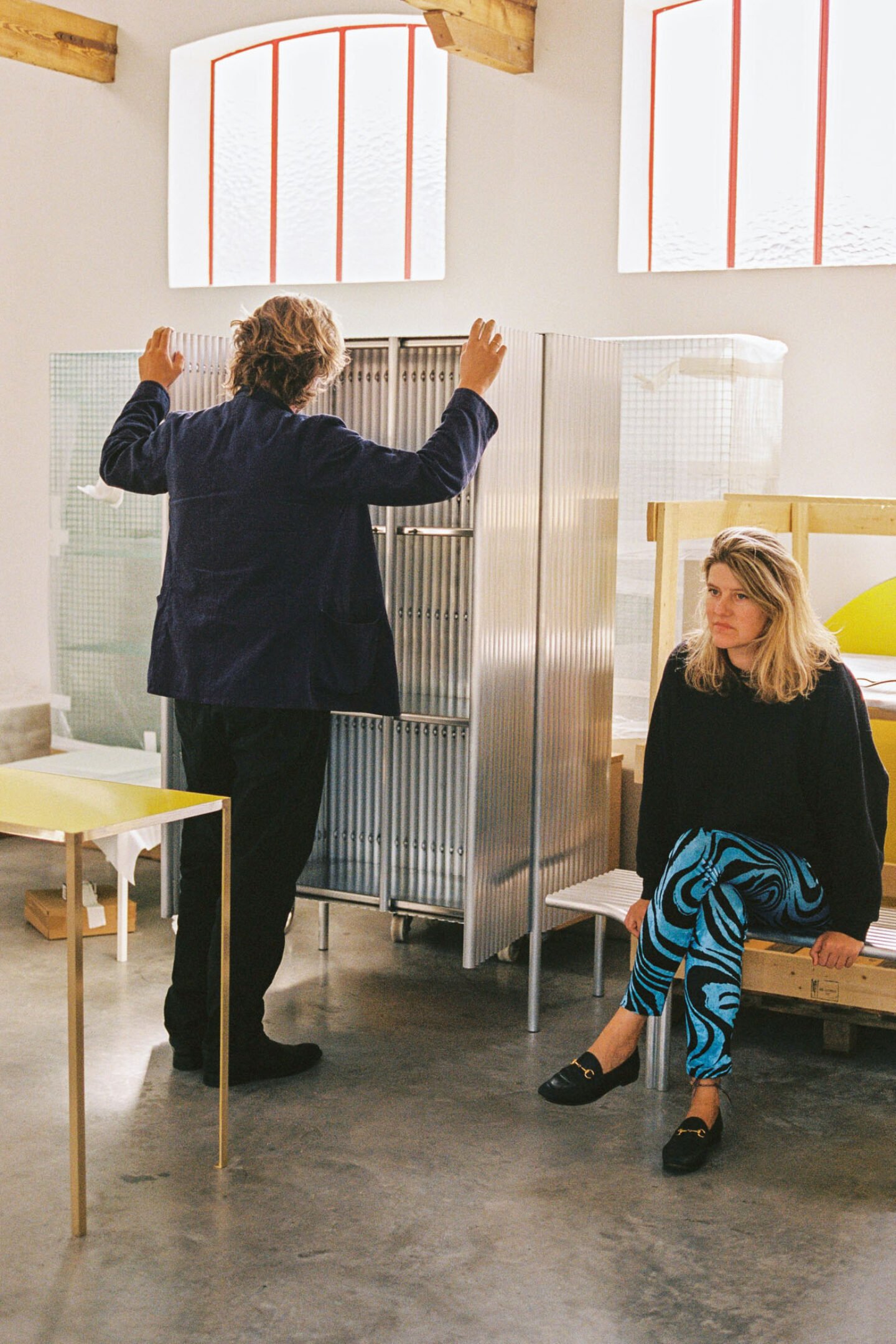
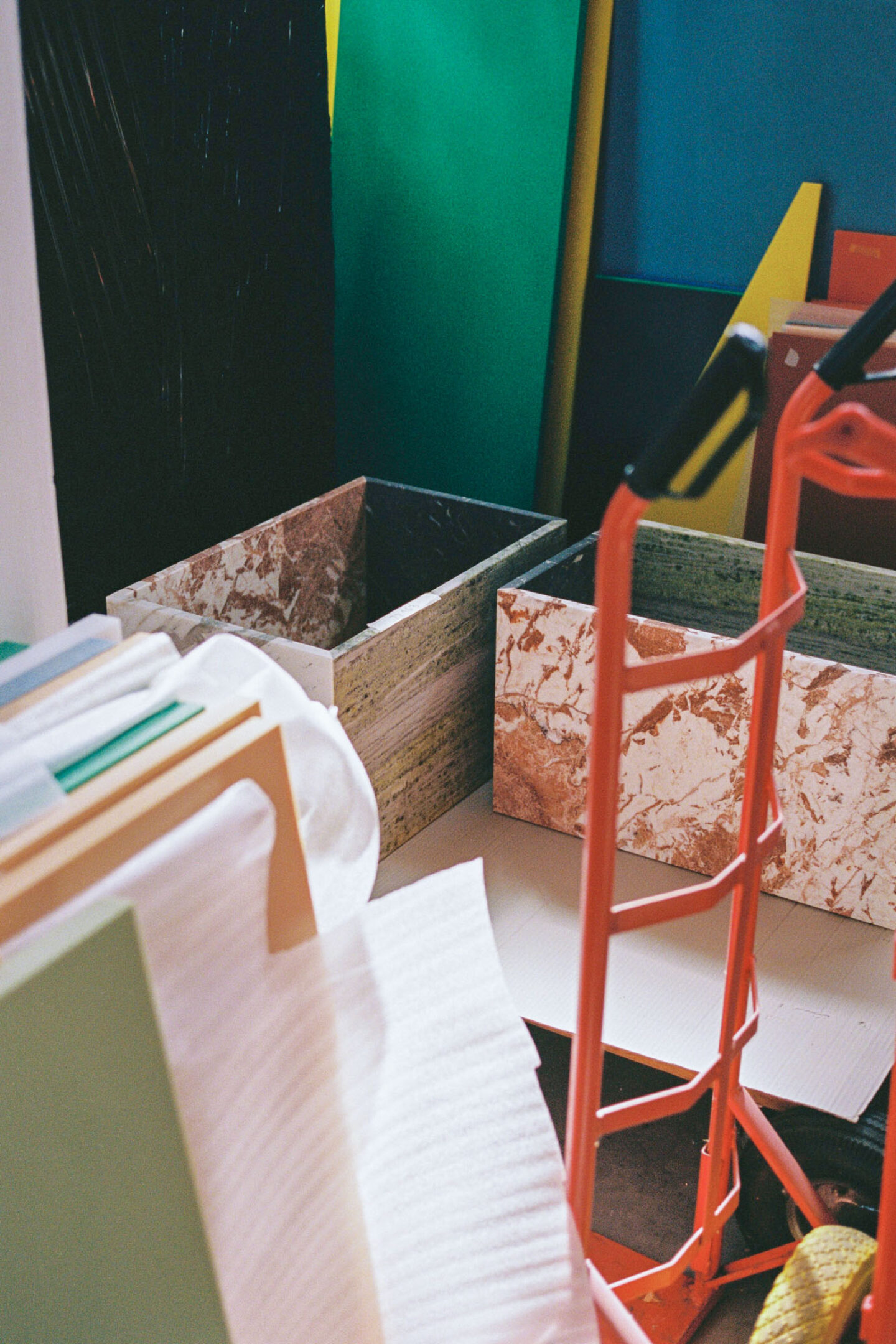
“Creating a family is a really interesting way of working,” Fien explains of their process. “It allows us to explore all of the possibilities of a material—what it can do and where we can go with it.” In their 2020 Alltubes series, the pair reimagined the application of aluminium tubes, typically used as scaffolding, handrails, and support structures. The series comprises several cabinets, a bench, and a chair, all created using aluminium tubes en masse. When placed beside one another, the tubes create a bright undulating surface that reveals patterns of light and repetition of form. Simple bends create function, enabling the strong but lightweight material to shift and become the back of a chair or the legs of a bench. Such clever recontextualisation is common to Muller Van Severen’s work, which draws inspiration not only from the world of art and design but also from the functional and industrial.
“We like a lot of designers, architects, and artists,” Hannes explains, “but we find visiting a factory or discovering a new material equally inspiring. We live in the harbour area, and sometimes I visit a nearby store that’s for shipbuilding. Inside, they have a range of strange tools that are big and heavy… I have no idea what they’re used for, but I really like their materials and their forms. It’s the same with polyethylene, it’s usually used to make parts of machines and slides. It’s a very nice material, but the function is not ‘determined,’ it remains open to possibilities.”
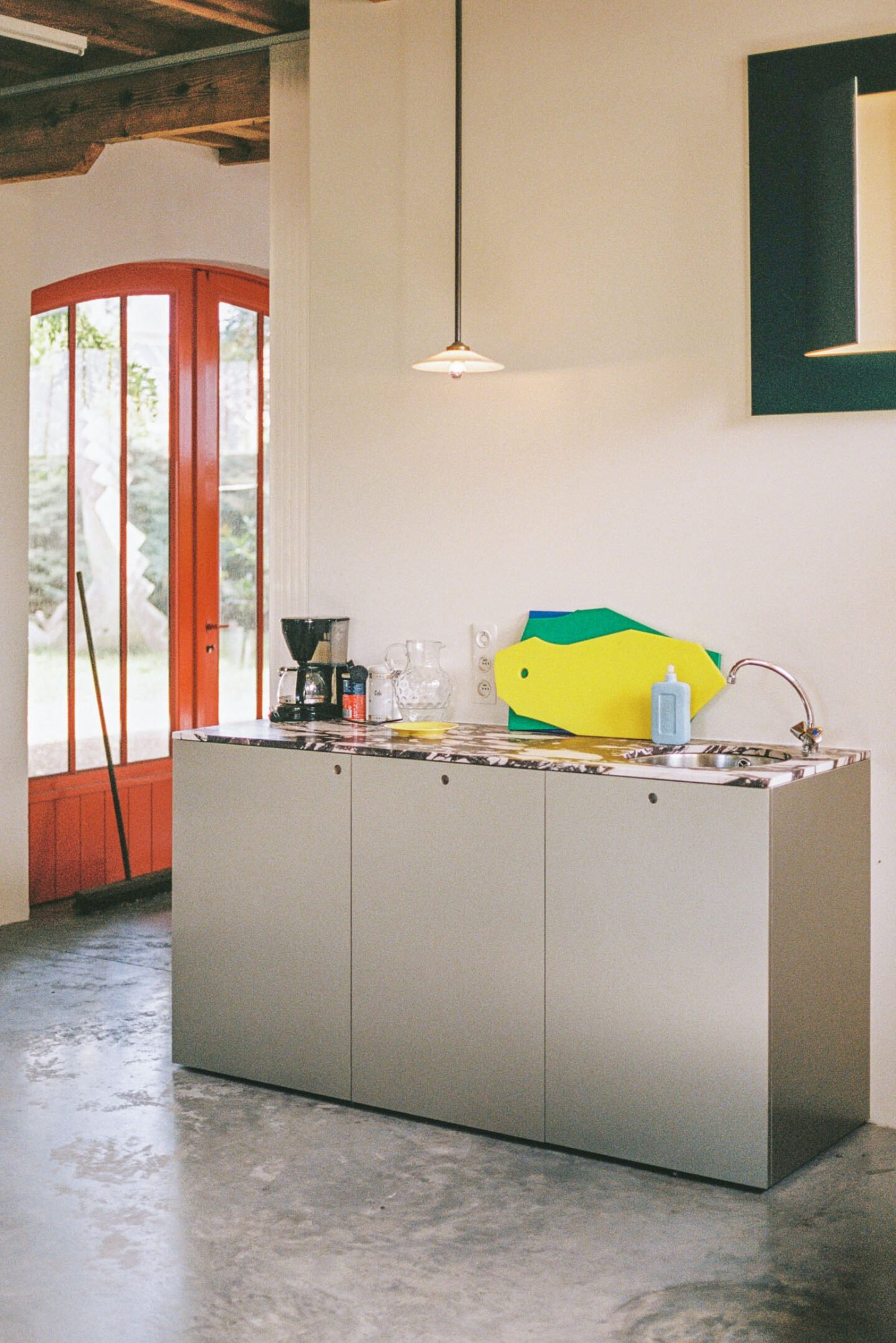
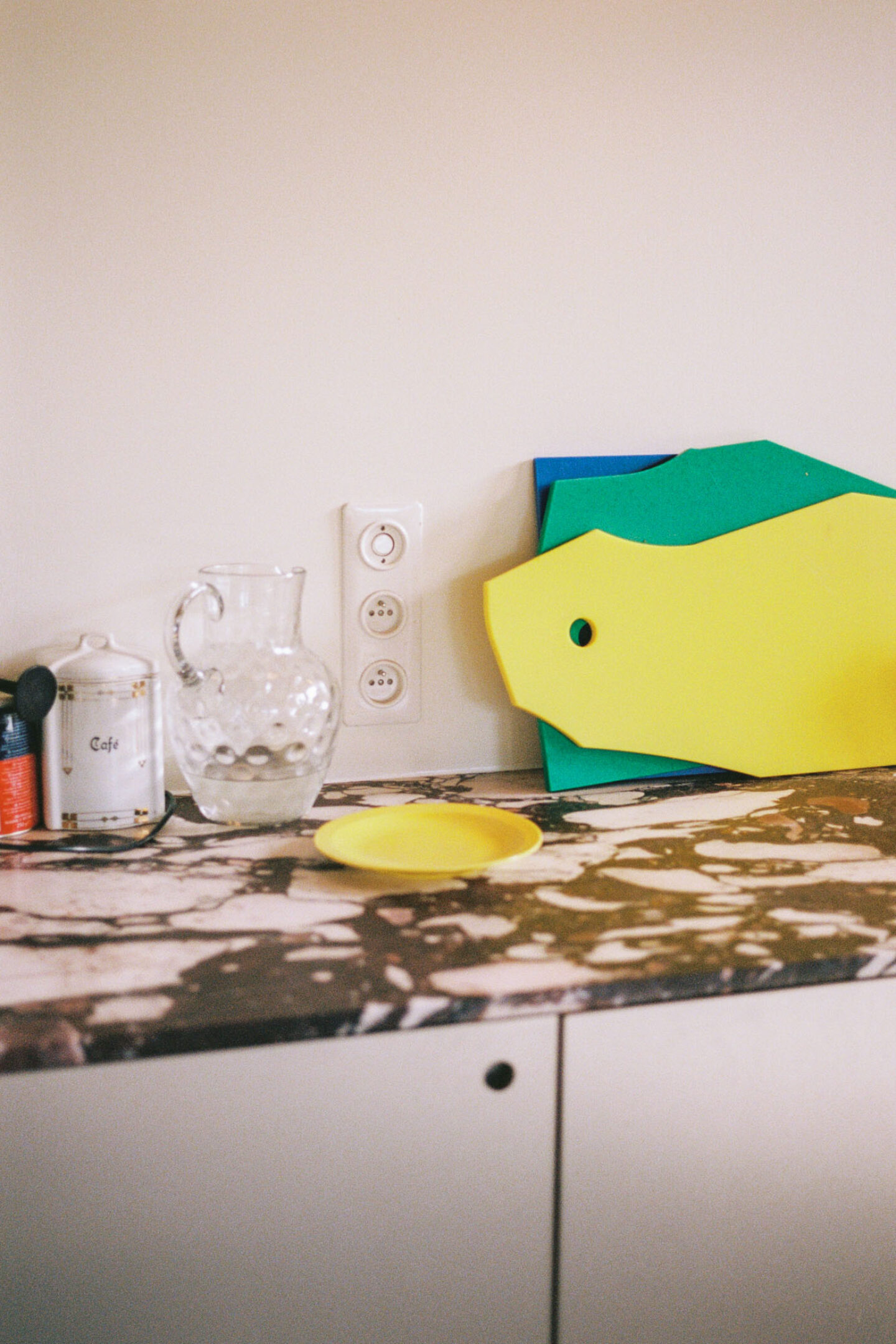
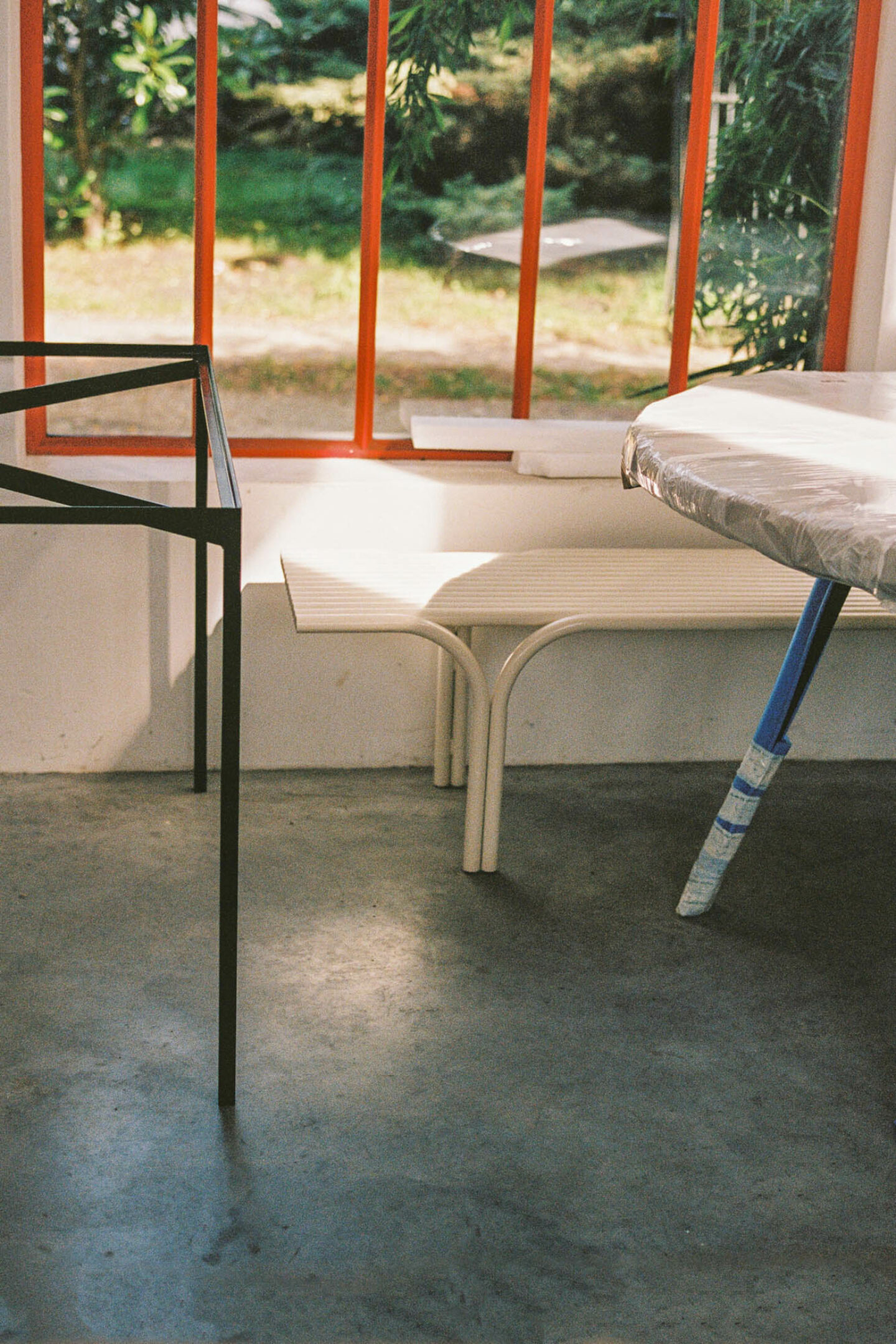
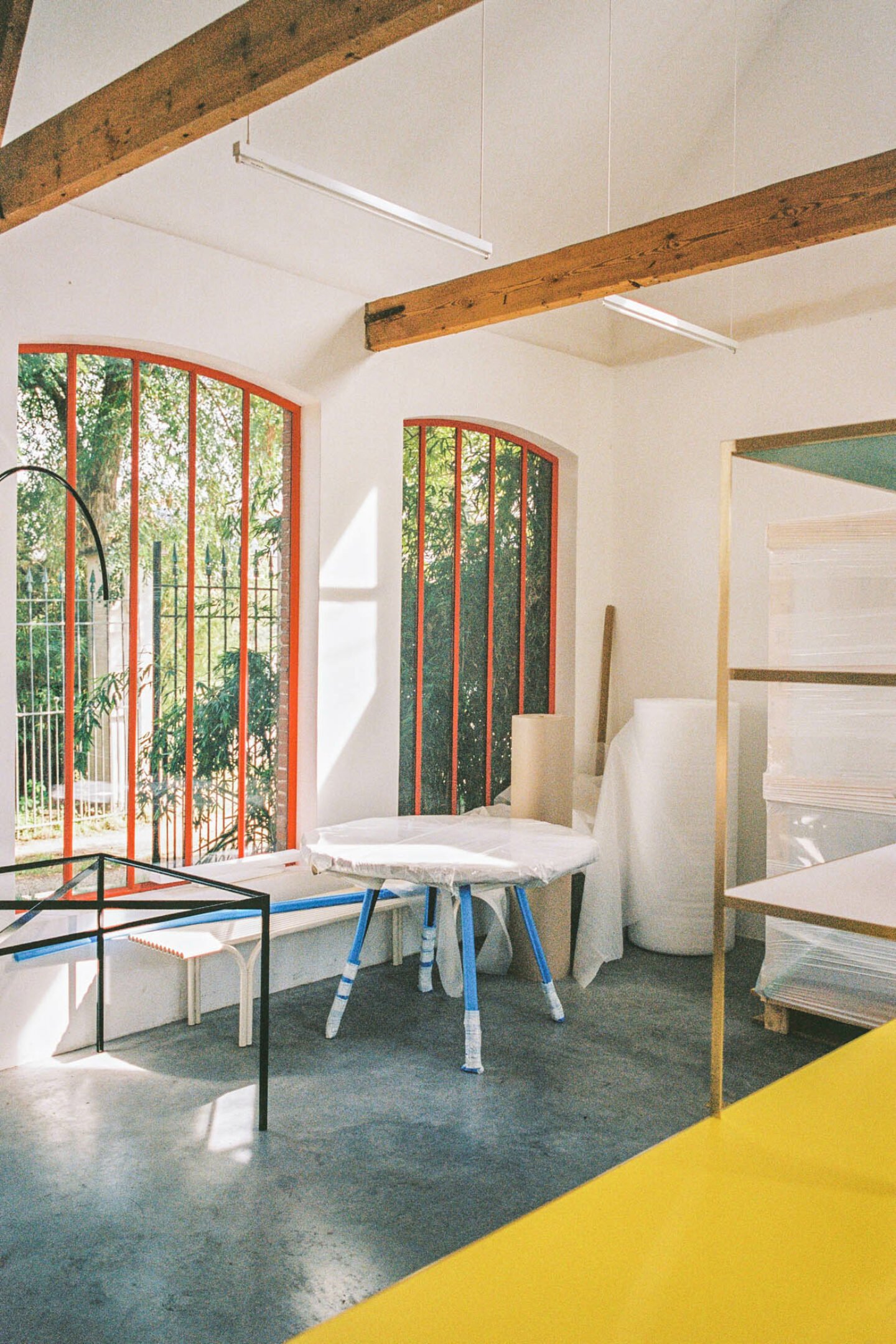
The pair explores such material possibilities from a large studio in the verdant garden of their home in Evergem outside of Ghent. The former Orangerie, designed to protect plants from cold during the harsh winter months, is filled with maquettes, materials, and scale prototypes of pieces in development. “We always want to make things immediately on a one-to-one scale so that we can see it and understand, what are the proportions? What’s the composition? How does it feel in a room?” explains Hannes. “Each piece must have enough personality on its own, but also respect the space in which it is standing. It must have balance.” When a model feels right, they move it across the lawn and into their family home, where such balance is tested in situ. It’s one of the most important parts of their design process, Fien says; “once a piece is in your home you really feel how it works; you realise quickly whether you or not people will live well with it.”
" I guess you could say our work is where Baroque meets minimalism.”
Though elegantly proportioned and sleek, Muller Van Severen’s creations are not meant to exist in the vacuum of clean contemporary design. Instead, they’re a new generation of heirloom pieces, designed to converse as easily with bold artwork and period furniture as with flea market finds and pieces of sentimental value. They’re designed to be used. “We love living alongside our work, older pieces, and pieces made by our family members,” says Fien. The pair agree that it’s such combinations that give spaces their soul. Having grown up in households filled with art, one gets the impression that they would know. (Fien’s father, Koen Muller, was an artist and an art collector, while her family dealt in antiques and art. Hannes’ father, Maarten Van Severen, was a famed furniture designer, and his grandfather, Dan Van Severen, was an abstract painter.) “In some ways, the background of my family and Fien’s family is very different,” muses Hannes, “in other ways, it is very very similar. I come from a background with straight lines and Fien’s background is more Baroque, colourful, and a bit wilder… it’s always nice to see the way these sides come together in our work. The marble box we made is a good example. It’s a very strict box, but what happens inside is very wild. [The marble box unites five intricately patterned and distinct tones of the material in one simple design object.] I guess you could say our work is where Baroque meets minimalism.”
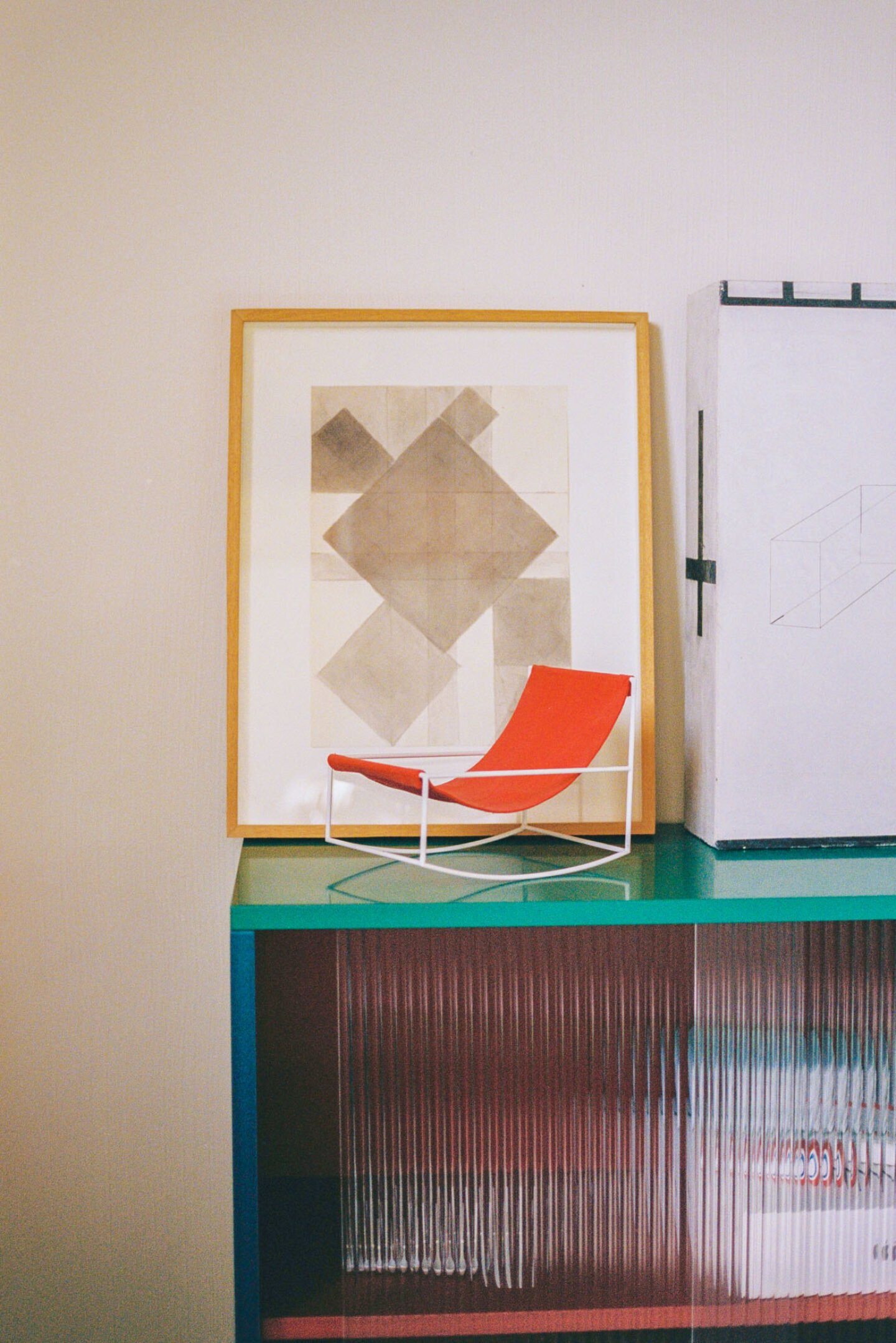
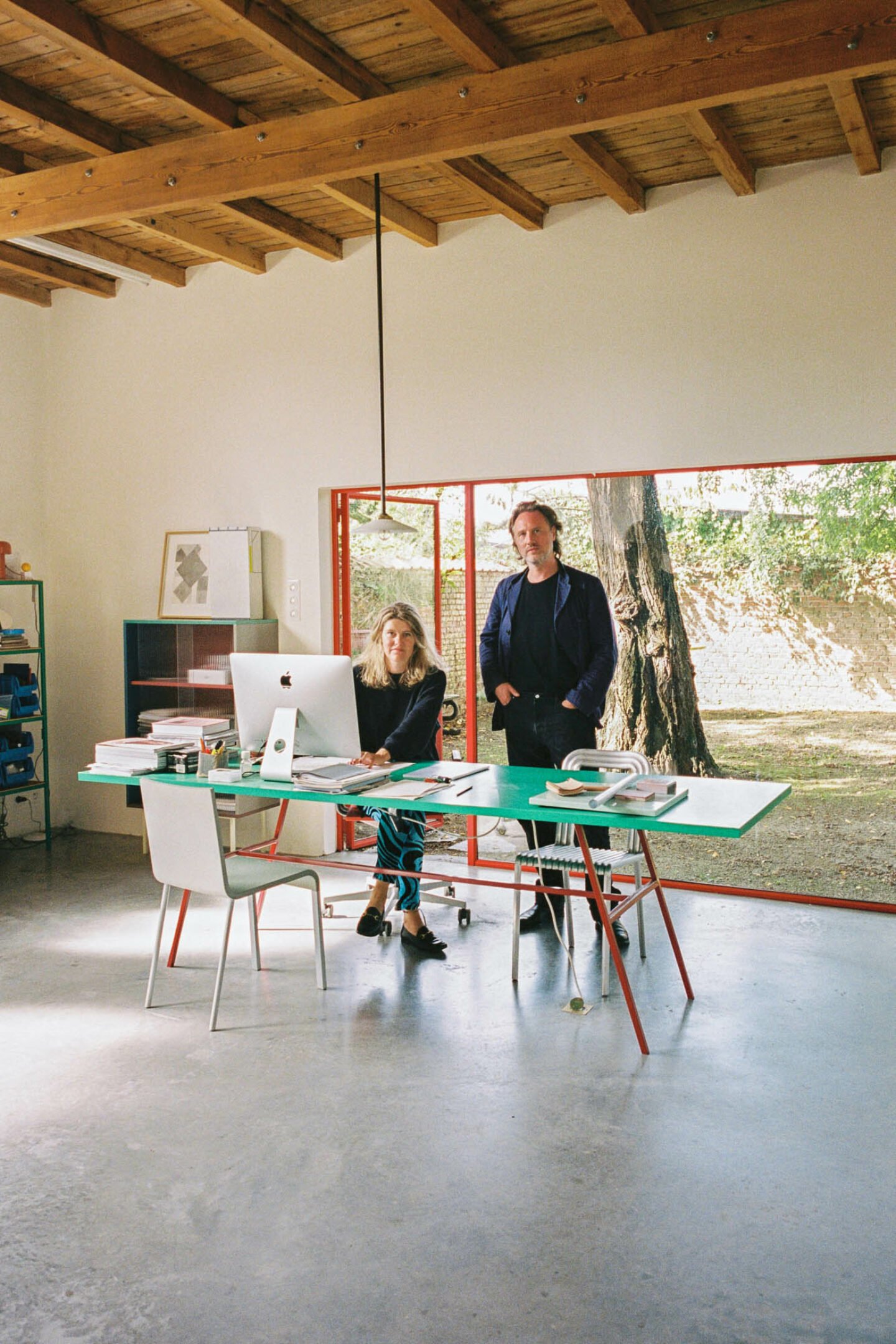
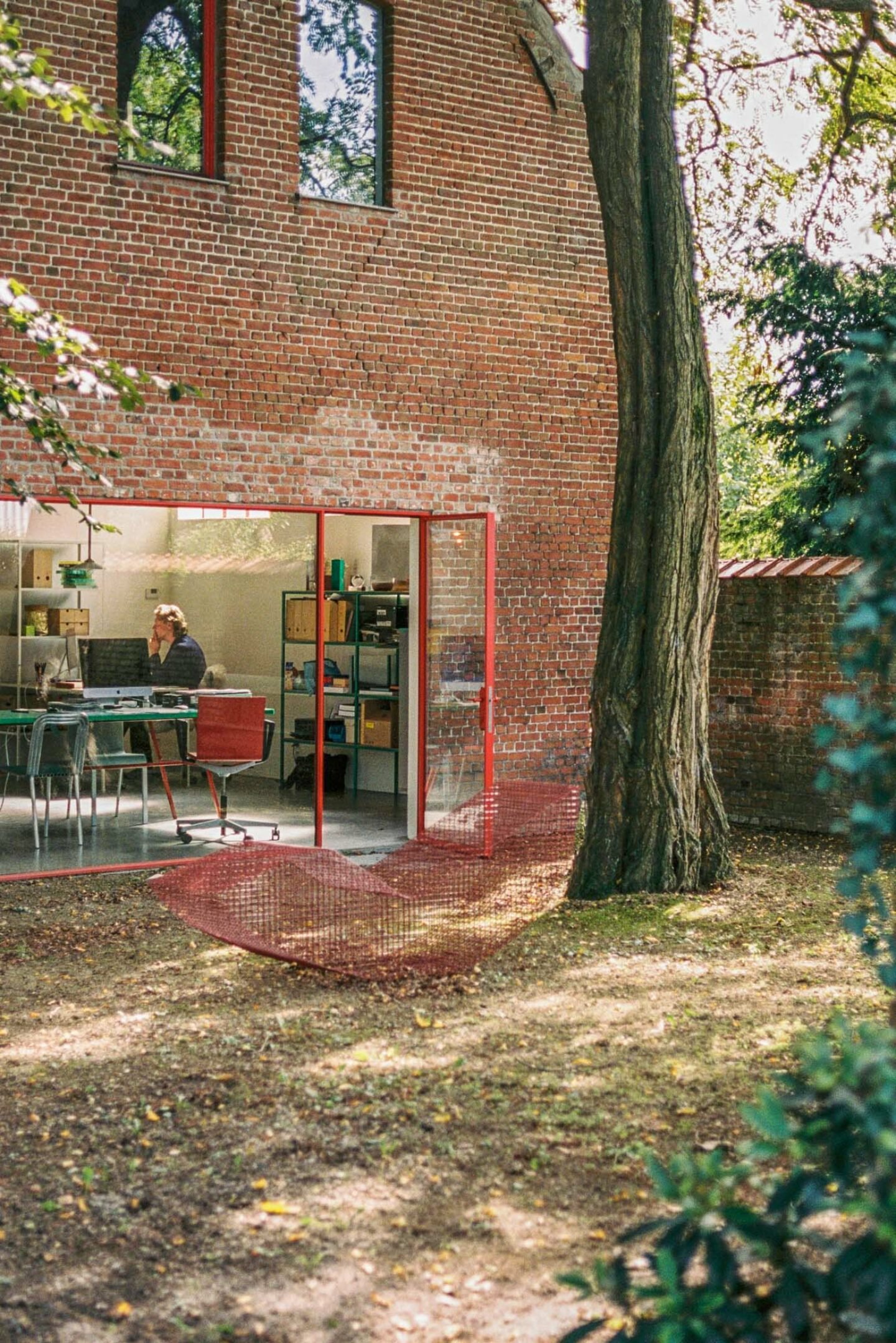
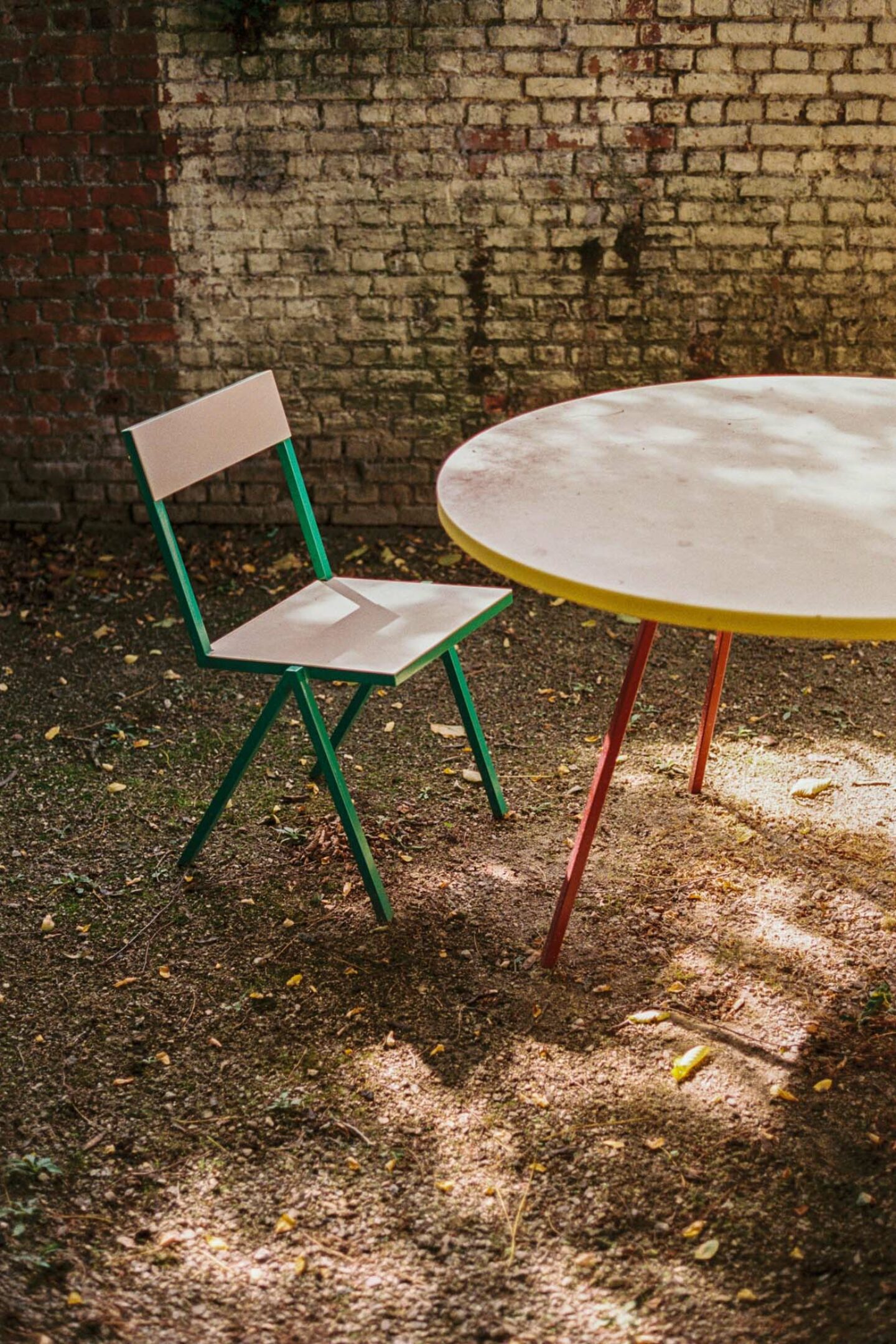
Images © Pieter Peulen | Text: Rosie Flanagan
